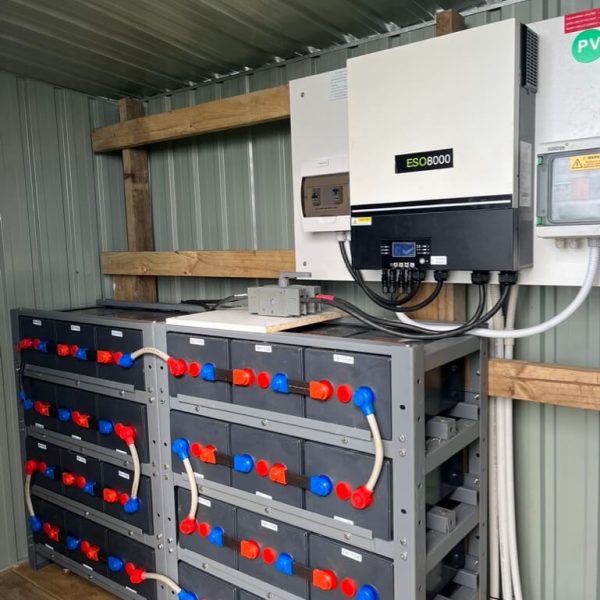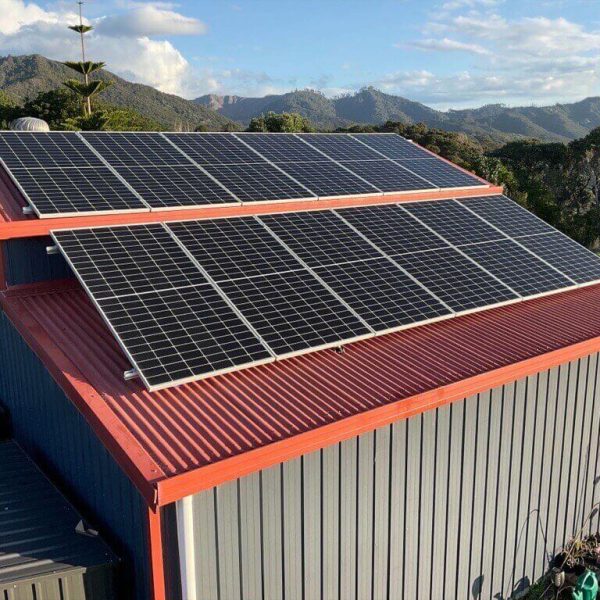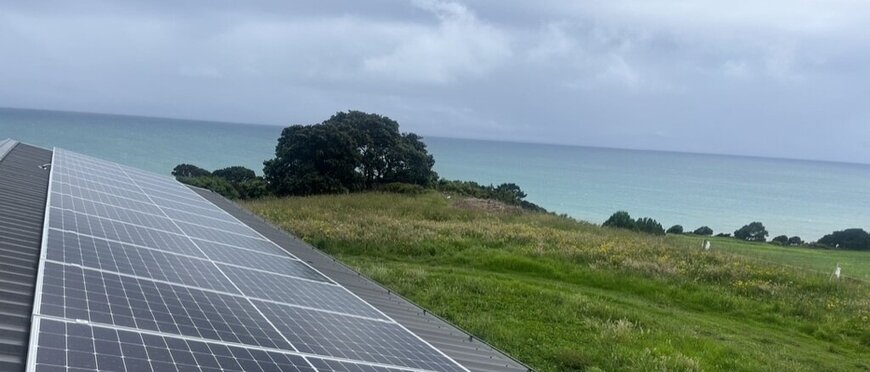After the extreme weather we have experienced this ‘summer’, especially the terrible conditions in the eastern part of the North Island following Cyclone Gabrielle, we received a high volume of calls asking about solar power and its capabilities and limitations in power outages and gloomy weather.
On the 14th of February, Transpower declared a grid emergency following the loss of power in some regions, advising people “should be prepared to be without power for days to weeks, rather than hours”. Energy Minister Megan Woods said 225,000 people across the country had lost power – the largest disruption to electricity infrastructure since cyclone Bola in 1988.
And let’s not forget that a mere two years ago, in August 2021, approximately 34,000 customers across New Zealand experienced an electricity cut without warning due to higher-than-expected demand on the coldest day of the year.
It is clear that weather events, and increasing demand, will mean power shortages or outages will likely become the norm.
Consider electric vehicles alone; in December 2022, registration of battery-powered EVs rose to just over 20% of the light vehicle market, with just over 16,000 full EVs registered in 2022, an increase of almost 10,000 above 2021.
So, do you go solar if you want to escape these outages and shortages?
Well, yes, but there are several factors that customers need to consider before making the leap.
Will my solar system provide power in the event of a power outage?
The answer to this question depends on the system you install and how you configure it.
Grid-tied system
For a grid-tied system connected to the electricity grid, in the event of a power shortage, regardless of whether your system produces power, you will not have a supply to your house. This is due to a system known as Islanding Protection, designed to protect people working to repair mains’ power. If you are generating power and it is grid-tied, some of it may flow back into the main line. This could potentially electrocute workers, causing injury or even death.
The solution is to install a battery and an inverter with an Emergency Power Supply (EPS). In the case of a power outage, a well-designed system will charge the battery and supply the EPS.
In a standard system, power will be discharged from your battery to the ESP whilst the solar system is unusable. The EPS can provide varying levels of power supply, from a single power point to automatic circuits (where certain circuits will remain live, typically fridges, lights and internet). If your system allows the battery to continue to charge, you will have power for your essential needs indefinitely. If your battery is unable to be charged, you can meet your essential power needs for several days.
When running on ESP supply you must be careful with usage and only operate essentials.
Off-Grid System
For an off-grid system, there is no issue of Islanding Protection as the solar system is not tied to the mains, so any power generated will be available for use and battery backup. The complication is if the adverse weather carries on for an extended time. Without careful monitoring, the battery can be completely drained, and the homeowner is left without power.
This is unlikely to happen with a well-designed system. An off-grid system will have several days’ worth of battery storage to ensure power will be available. This is where an experienced, knowledgeable installer is so important.
There are a couple of solutions to this situation.
You can manually monitor energy usage using apps, avoid drawing high amounts of power or install a backup generator. Whilst some people will argue that this defeats the environmental purpose of having solar in the first place, it is a last option. This backup system allows true energy freedom and should be considered for every off-grid system.

What else should I consider when deciding on a solar system?
There are many things to consider when you install a solar system.
The first is usually – what do you want to achieve?
Do you simply want to save some money on power?
Is being environmentally friendly your driver?
Or do you want to be self-sufficient?
For some of our customers, these questions are void. With quotes upwards of $400,000 to get grid power to their remote properties, off-grid is the only viable option.
Given the ever-rising cost of living and inflation pressures that we all face, saving money on power is attractive no matter which option you choose. Many of the main banks have special sustainable energy loans, including ASB, ANZ, Westpac and BNZ, offering low or no-interest loans, which make solar more obtainable for the average person than ever before.
Over the past ten years, the cost of power has risen 15.96%, and with the average solar system paying itself off in seven years, with another 15-25 years of use to follow, it is a no-brainer to invest in some kind of solar power.
However, you are still liable for the line rental charge if you are grid-tied. This is irrespective of having a battery that allows you to use almost no power.
From the 1st of April this year, the line rental charges for homes in the North Island will increase as Transpower adopts a ‘user pays’ model of billing. This is because the North Island uses the most power, but most energy is generated in the South, and the cost of transporting this power is equally shared. Transmission charges typically make up 8-10% of a power bill. This user pays model will also affect the cost of new power connections.
Both battery backup and off-grid systems come with a higher start-up price, so they are not options for everyone. The good news is that you can start with the panels and inverter and add a battery, batteries or off-grid capacity later as long as your system is designed for that eventuality from the outset.

Okay, I am going Solar! What is the next step?
The first step in any solar installation is a consultation with Gerry, our Managing Director and Solar Consultant, who has over 20 years of experience in solar system design and implementation. Gerry will discuss your power usage, the end goal, the budget, and many other things that you may not have considered. All this information will allow Gerry to design a custom solution for your home that will suit you and your situation today and in the future.
Contact us today and start your solar journey with us – you are in safe hands.



